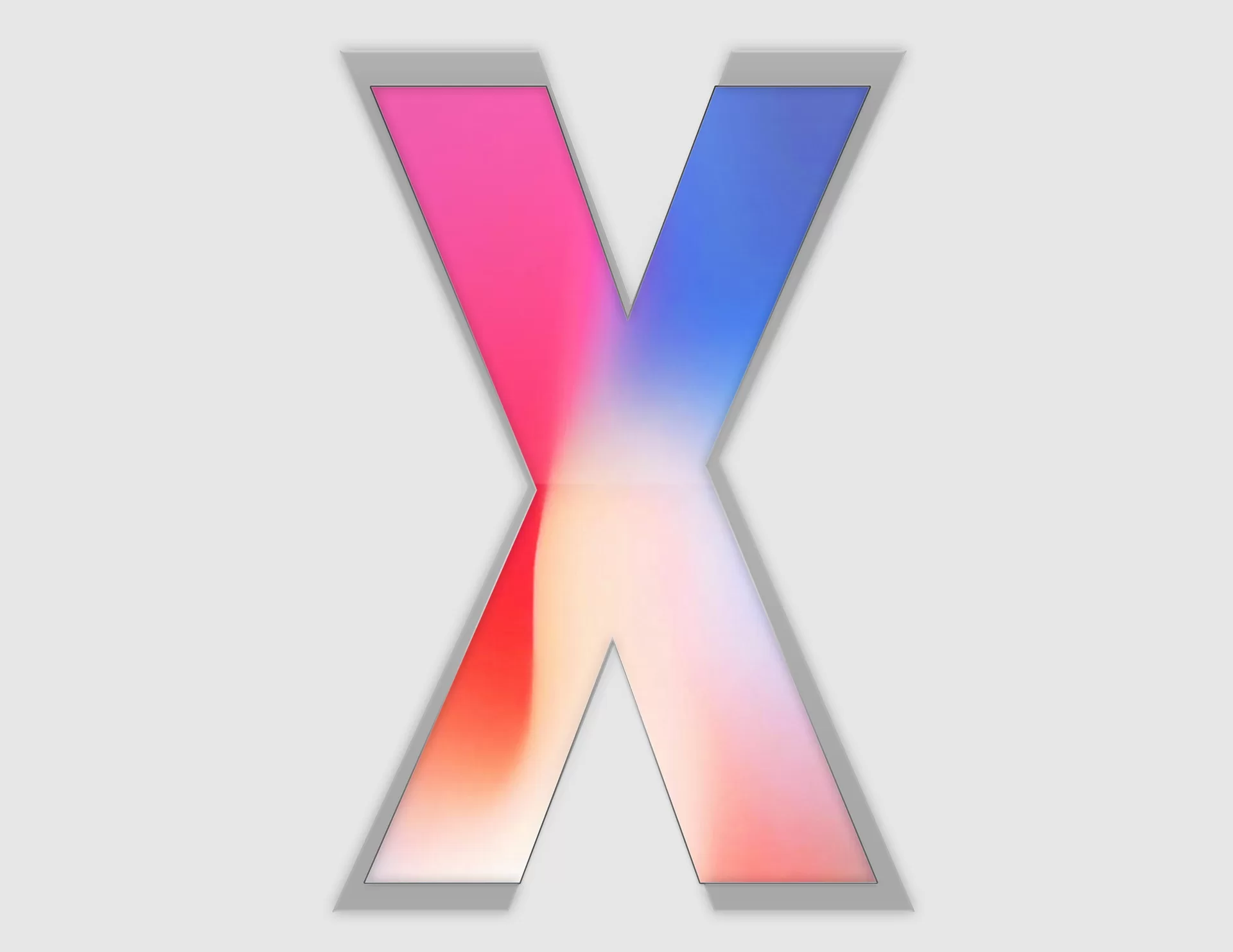In 2017, Apple launched what many still call its most influential iPhone yet — the iPhone X (pronounced iPhone Ten, not iPhone Ex 😅). It wasn’t just a new model. It was a full-blown design reset, breaking away from the ageing iPhone 6 aesthetic that had lingered since 2014.
Sure, Android had many of the same features before — but in typical Apple fashion, they didn’t just adopt them; they refined them.
Let’s explore how the iPhone X redefined smartphones and why, even in 2025, it’s still one of the best entry-level iPhones available today.
🔁 The First Truly Buttonless iPhone
The iPhone X wasn’t just another iPhone — it was a bold reinvention. It became the first iPhone to remove the physical Home button entirely, replacing it with a gesture-based navigation system. This allowed Apple to deliver an edge-to-edge OLED Super Retina display that looked futuristic and felt intuitive.
This design decision:
- Changed how users interacted with their iPhones
- Opened the door for Face ID
- Influenced every iPhone model that followed
Even now, Apple’s latest iPhones still follow the design language pioneered by the X.
👁 Face ID: Biometrics, Reimagined
Along with the home button went Touch ID. In came Face ID — a secure 3D facial recognition system powered by Apple’s TrueDepth camera. It works in low light, adapts to your appearance, and enables features like Animoji and Memoji.
Sure, Android had face unlock first, but Apple’s version was:
- More secure
- More consistent
- Usable for Apple Pay and secure apps
It redefined biometric authentication on smartphones.
🧠 Augmented Reality Made Real
With the iPhone X, Apple also introduced ARKit, bringing augmented reality (AR) to millions of users for the first time. From immersive gaming to educational tools and even furniture shopping, AR became more than a gimmick — it became useful.
The iPhone X helped prove that AR could be mainstream.
⚡️ Wireless Charging Comes to iPhone
Yes, Android beat Apple to it — but the iPhone X was the first iPhone to support wireless charging using the Qi standard. This made charging more convenient and laid the foundation for Apple’s later MagSafe ecosystem.
💸 Why the iPhone X Still Makes Sense in 2025
Even in 2025, the iPhone X remains:
- Sleek and modern in design
- Smooth in performance with iOS 16–17
- Ideal for everyday users, teens, or anyone entering the Apple ecosystem
With Face ID, a beautiful OLED display, and wireless charging — all for under ₦150,000, the iPhone X is a serious bargain.
🛒 Buy the iPhone X in Nigeria
Looking to grab one?
👉🏾 iPhone X 64GB – ₦210,000
👉🏾 iPhone X 256GB – ₦240,000
Order directly on our website or send us a DM on Instagram for help, discounts, or to ask about payment plans.
🔍 Quick Specs Recap
- 📱 5.8″ Super Retina OLED Display
- 🔐 Face ID (no Touch ID)
- 📸 Dual 12MP Rear Cameras
- ⚙️ Apple A11 Bionic Chip
- 🔋 2716 mAh Battery
- ⚡ Wireless Charging
- 🧼 Stainless Steel Frame + Glass Back




